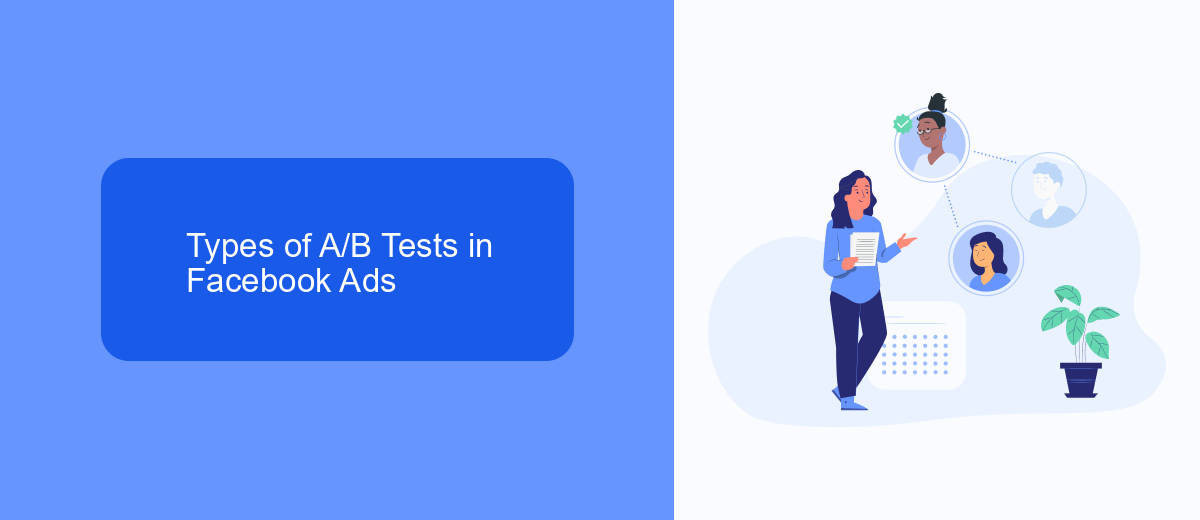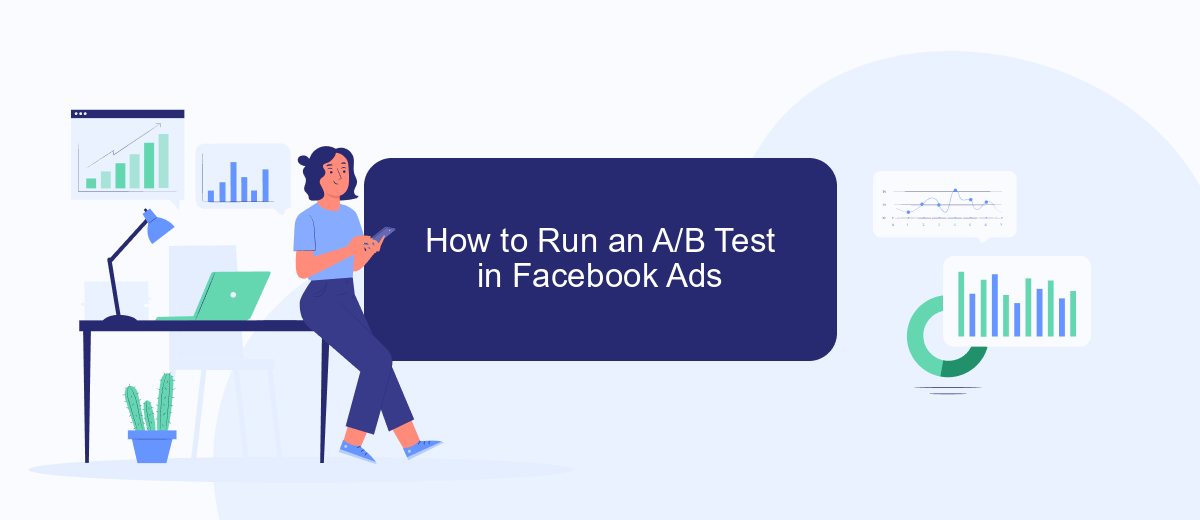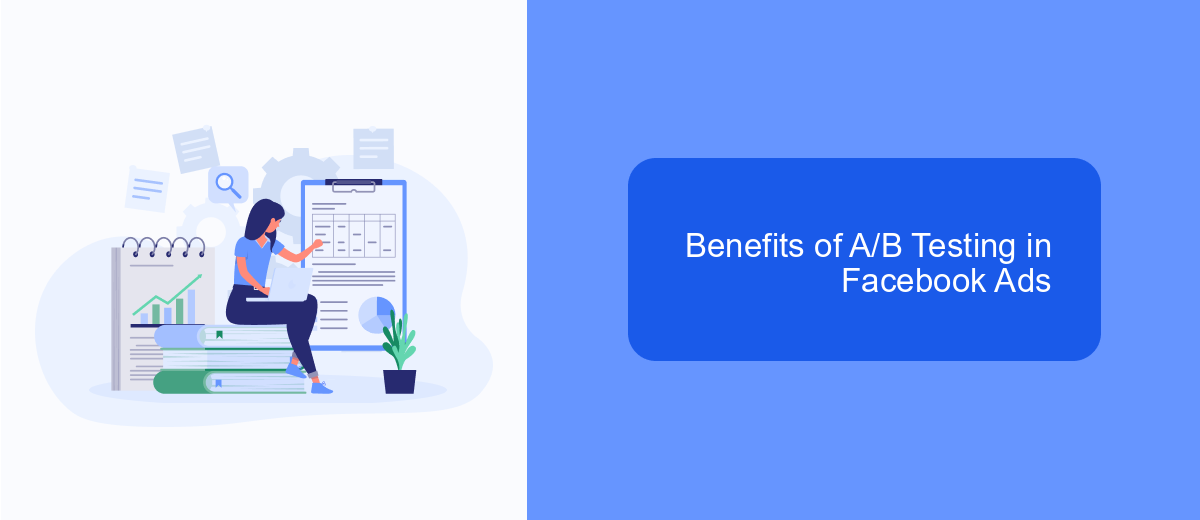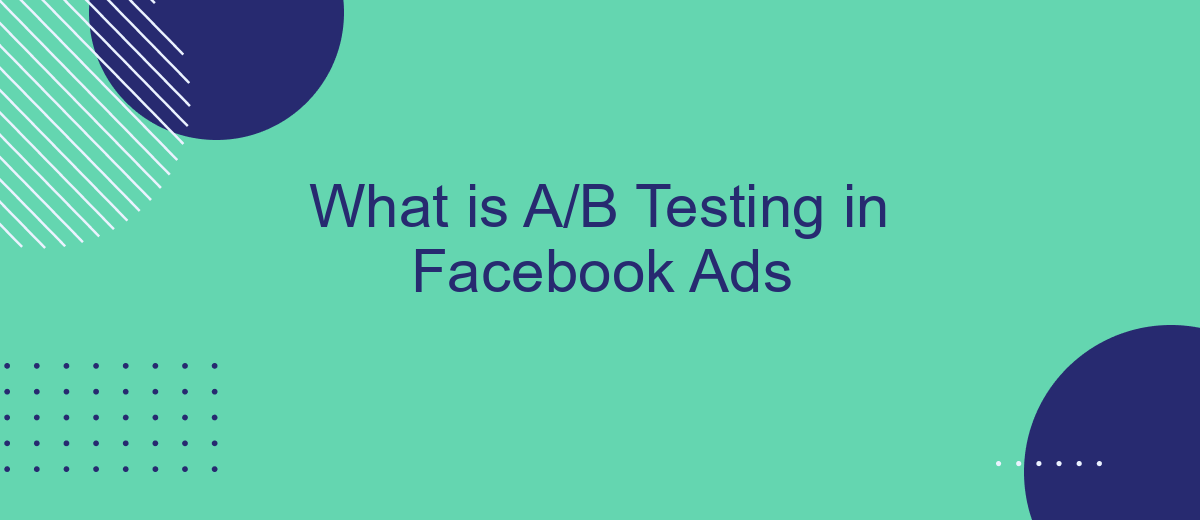A/B testing in Facebook Ads is a powerful method that allows marketers to compare two versions of an ad to determine which performs better. By systematically varying elements such as images, headlines, and calls to action, businesses can optimize their campaigns for maximum engagement and conversion. This article explores the fundamentals of A/B testing and how it can enhance your Facebook advertising strategy.
What is A/B Testing in Facebook Ads
A/B testing in Facebook Ads is a method used to compare two versions of an ad to determine which one performs better. This technique allows marketers to test different variables such as headlines, images, ad copy, and calls to action to optimize their campaigns for better results.
- Test different headlines to see which one grabs more attention.
- Experiment with various images to find the most engaging visual.
- Compare different ad copies to identify the most persuasive message.
- Evaluate various calls to action to determine which one drives more conversions.
Using a service like SaveMyLeads can streamline the process of setting up and managing your A/B tests by automating the integration of your Facebook Ads with other marketing tools. This allows you to focus on analyzing the results and making data-driven decisions to improve your ad performance.
Types of A/B Tests in Facebook Ads

In Facebook Ads, A/B testing can be categorized into several types, each designed to optimize different elements of your campaigns. One common type is creative testing, where you compare different images, videos, or ad copy to see which resonates best with your audience. Another type is audience testing, which involves targeting different demographics or interests to identify the most responsive segments. Additionally, placement testing allows you to determine which ad placements—such as Facebook Feed, Instagram Stories, or Audience Network—deliver the best results.
Furthermore, budget testing can help you decide the optimal allocation of your advertising spend across various campaigns. Integration testing is also crucial, especially when using services like SaveMyLeads to automate and streamline your data workflows. SaveMyLeads enables seamless integration between Facebook Ads and other platforms, helping you to efficiently manage and analyze your A/B test results. By leveraging these different types of A/B tests, you can make data-driven decisions to enhance the performance of your Facebook Ads campaigns.
How to Run an A/B Test in Facebook Ads

Running an A/B test in Facebook Ads allows you to compare different versions of your ads to determine which performs better. This process involves creating multiple ad variations and analyzing their performance based on key metrics like click-through rate, conversion rate, and return on ad spend.
- Log in to your Facebook Ads Manager and navigate to the "Experiments" section.
- Click on "Create A/B Test" and select the campaign you want to test.
- Choose the variable you want to test, such as ad creative, audience, or placement.
- Set your budget and schedule for the test.
- Create different ad variations for each group within the test.
- Launch the test and monitor its performance through the Ads Manager dashboard.
To streamline the process and enhance your ad performance, consider using SaveMyLeads. This service automates data transfer between Facebook Ads and your CRM, ensuring that you have real-time insights into your campaign's effectiveness. By leveraging these integrations, you can make data-driven decisions to optimize your A/B tests and achieve better results.
Benefits of A/B Testing in Facebook Ads

A/B testing in Facebook Ads offers a powerful way to optimize your advertising strategy by comparing two versions of an ad to see which performs better. This method allows you to make data-driven decisions, ensuring that your marketing efforts are both effective and efficient.
One of the primary benefits of A/B testing is the ability to identify what resonates with your audience. By testing different variables such as headlines, images, and calls to action, you can pinpoint the elements that drive the most engagement and conversions.
- Improved ROI: Optimize ad spend by focusing on high-performing ads.
- Audience Insights: Gain a deeper understanding of what your audience prefers.
- Reduced Risk: Test new ideas on a smaller scale before full implementation.
- Enhanced Creativity: Experiment with different ad formats and styles.
To streamline the process of A/B testing and integration, consider using services like SaveMyLeads. This platform automates the transfer of leads from Facebook Ads to your CRM or email marketing tools, ensuring that you can quickly act on the insights gained from your tests.
Best Practices for A/B Testing in Facebook Ads
When conducting A/B testing in Facebook Ads, it is crucial to test one variable at a time to identify what specifically impacts performance. This could be ad copy, images, audience targeting, or placement. By isolating variables, you can gain clear insights into what drives better results. Ensure that your test runs for a sufficient duration and reaches a statistically significant number of impressions to make reliable conclusions.
Utilizing integration services like SaveMyLeads can streamline the process of gathering and analyzing data from your A/B tests. SaveMyLeads allows you to automatically transfer leads and ad performance data to your CRM or other marketing tools. This ensures that your data is up-to-date and accessible for making informed decisions. By leveraging such integrations, you can focus more on optimizing your campaigns rather than manual data handling.
FAQ
What is A/B testing in Facebook Ads?
How do I set up an A/B test in Facebook Ads Manager?
What metrics should I look at to determine the winner of an A/B test?
How long should an A/B test run in Facebook Ads?
Can I automate the process of setting up and analyzing A/B tests in Facebook Ads?
Would you like your employees to receive real-time data on new Facebook leads, and automatically send a welcome email or SMS to users who have responded to your social media ad? All this and more can be implemented using the SaveMyLeads system. Connect the necessary services to your Facebook advertising account and automate data transfer and routine work. Let your employees focus on what really matters, rather than wasting time manually transferring data or sending out template emails.
